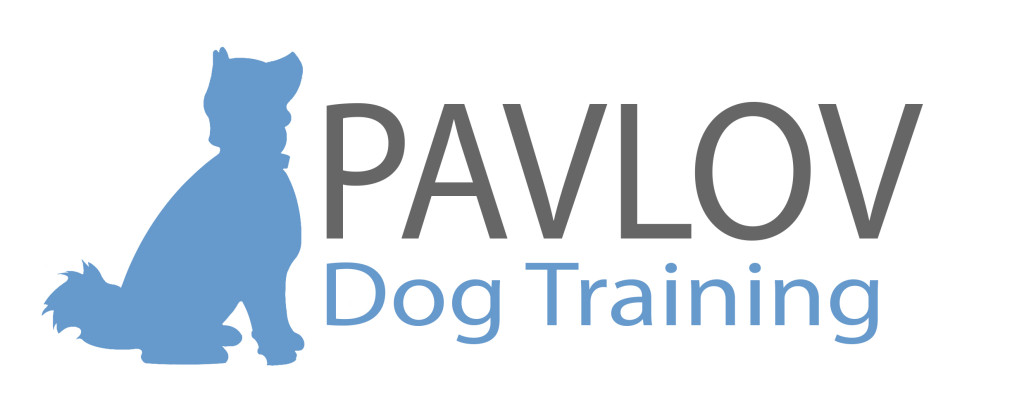- Does your dog drag you down the sidewalk, as he were an Alaskan sled dog and you were cargo? If so, try these training techniques straight from the PAVLOV dog training manual. Prerequisites for teaching your dog to walk politely on leash include: a 5′-6′ clip leash and a generous dosage of patience!
- – Expend your dog’s energy BEFORE your leash training session commences.
- – Don’t bother training when you have somewhere to be. You will feel rushed to get somewhere specific and that will hinder learning.
- – Your first sessions will start in the home, which is an environment with low distractions. Once your dog learns to walk on a loose leash in your home, graduate to the back yard, then the front yard, then actually out on a walk. Asking them to learn something totally new in a super distracting environment is a recipe for failure. Note that any time we ask for a learned behavior in a new environment, we are likely to have relapses.
- – Start off the walk when he has four feet on the ground. If he’s doing back flips or causing a vocal scene, wait him out.
- – When you initial start walking, lean in towards your dog in an engaging manner and give a swooping hand motion that you’re moving forward. Be engaging.
- – Leash in left hand. Guild them with your other hand. Leash on the left side of the body is how we do it.
- – Encourage your dog to check in with you by leaning forward and motioning with your hand, and when they come give a treat. Treat often in the early stages, and eventually we’ll wean them off the treats and their reward for no pulling will be the chance to move forward and sniff the environment.
- – Get your dog’s attention every few steps by bringing your hand to their nose and bringing it up to your eye so their eyes follow. Quickly mark the behavior with, “Good!” and promptly give a treat.
- – Sit. Ask for it – often. Even if they know sit like a pro, ask for it, and treat them. Although they usually know it, now you’re asking them for two things, walking on leash and a sit. This is harder for them, so reward them. They will get used to checking in with you.
- – Ignore jumping. Just walk away and withhold the food reward. We are working with one thing at a time.
- – Direct them onto you BEFORE they start to pull. Preempt it.
- – Know you are not going to get anywhere in the beginning, maybe 3-4 feet total.
- – If they walk 2-3 steps without pulling – reward! Good/treat.
- – Resist the urge to pull on the leash when changing directions. Instead, bend down and motion him along with your free hand.
- – Eventually we’ll wean the dog off treats and his ultimate reinforcement will be his opportunity to engage with the environment.
- – Count the number of steps you can get in out loud. That way you can see the dog progressing, plus you’ll be focused on his successes, and less on the action of him pulling.
* Remember that your goal for each training session is not perfection, but improvement and if training is executed correctly, each session will bring you one step closer to a dog who walks on a lovely loose leash.
As with all dog training, if you’d like to see training progress faster, hire a professional dog trainer to do the job quickly! Call PAVLOV’s in-home Obedience Level 1, and we’ll have your dog walking politely in no time.
